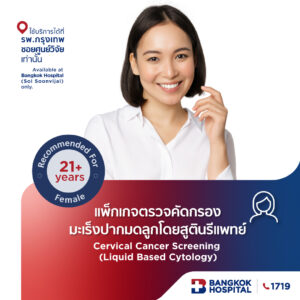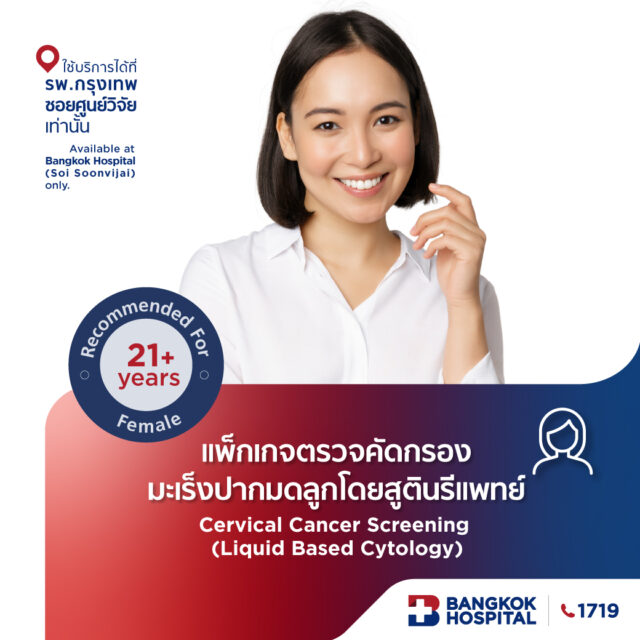Pelvic adhesions observed in gynecologic patients are a major contributing factor to pelvic pain that largely interferes women’s daily life. Pelvic adhesive disease is quite common, defined as a condition that occurs when adhesions or scarring bind adjacent organs together. Pelvic adhesions may affect other organs in or near the pelvic region such as uterus, ovaries, fallopian tubes, or bladder. To treat this condition effectively, advanced minimally invasive surgery is increasingly used due to smaller incisions, resulting in less pain and fewer post-operative complications as well as reduced risks of recurrent adhesions.
Get to know “pelvic adhesions”
Pelvic adhesions are defined as a condition that occurs when adhesions or scarring bind adjacent organs together. The most common affected organs in or near the pelvic region are fallopian tubes, uterus, ovaries and bladder. Adhesions are primarily caused by the inflammation or infection of pelvic area. Most often, adhesions are the result of previous pelvic surgeries that cause tissue scarring in the uterus and abdominal wall. However, in some cases, cause of pelvic adhesions cannot be identified. Manifestations might vary depending on individuals. Adhesions can cause a range of symptoms including pelvic pain, dysmenorrhea (abdominal cramp during menstrual period), constipation, frequent urination or frequent urinary tract infections as well as back pain that radiates to one side of the legs, or possibly both sides. These symptoms significantly disturb daily activities and impair quality of life. Since pelvic adhesions are major possible cause of blocked fallopian tubes, they are contributing factor to infertility
Diagnosis of pelvic adhesions
Diagnosis of pelvic adhesions can be performed by:
- Taking medical history by gynecologists covering pain characteristics, pattern of menstrual period and history of having children.
- Laboratory tests and pelvic exam to reveal signs of infection, abnormal growths or tense pelvic floor muscles.
- Imaging tests such as ultrasound to internally visualize the abnormalities inside the pelvic region.
- Advanced imaging test such as MRI scan might be additionally needed if other tests fail to make definite diagnosis.
Treatment of pelvic adhesions
Treatments entirely depend on symptoms and severity of disease. Non-invasive treatments include oral medications such as NSAIDs (Nonsteroidal anti-inflammatory drugs) to relieve abdominal pain or cramps, hormonal drugs such as contraceptive pills or contraceptive injections to reduce the amount of menstrual blood and alleviate abdominal pain. Nevertheless, if symptoms cannot be successfully treated by non-invasive approach over a year, advanced minimally invasive surgery is highly recommended.
Advanced minimally invasive surgery of pelvic adhesions
Although pelvic adhesions are complicated condition that involves other organs in pelvic area such as uterus, ovaries, fallopian tubes and bladder, the advancements in surgical technique helps to treat this condition effectively and safely without the requirement of conventional open surgery that might lead to more tissue reaction with fibrous tissue and eventually more adhesions.
With the expertise of laparoscopic gynecologists, advanced minimally invasive surgery is a minimally invasive procedure performed to treat pelvic adhesions through 3-4 small incisions, 5-10 mm. long, instead of an open cut required for open surgery. In this minimally invasive procedure, the gynecologist operates through these small incisions in the abdomen. A small tube attached with a tiny camera (laparoscope) is inserted into one incision. Guided by this camera, the surgeon then inserts tiny instruments through other incisions to remove all adhesions and fix surrounding areas. Due to the advancements in laparoscopic instrument with 4K Ultra High Definition and Full HD, enables gynecologist to clearly visualize the surgical field in the abdominal cavity including internal organs, blood vessels and nerves. As a consequence, it helps enhancing surgical accuracy. Since incisions are much smaller, it causes less pain and reduces post-operative complications. Patients have a faster recovery time and a quicker return to normal activities within 1-2 days, instead of 1 week for open surgery.
Even though pelvic adhesions are complex, this condition can be successfully treated by advanced minimally invasive surgery performed by well-trained and highly skilled laparoscopic gynecologists. The most important thing is being aware of any suspected signs and symptoms of pelvic adhesions. If they are left untreated, they might eventually lead to serious complications that severely impact women’s health. Early diagnosis increases the chances of successful treatments.












